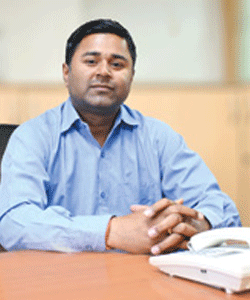
The ductile and grey iron casting products are at a growing stage currently in the Indian market due to the rising industrialization and infrastructural projects. As the country strives to be among the leading manufacturing nation, there is increasing demand for quality casting products. The automotive industry which is one of the largest consumers of ductile and grey iron castings is growing fast. With the car makers’ output gradually rising to meet the local and export markets demand, it is imperative to adopt materials that are strong and inexpensive for casting. In construction industry, smart city and infrastructure development have created the need to have casting products that are strong and durable. Ductile iron is characterized by high strength and toughness, so it is used for manufacturing products with high operational characteristics, for example, water and sewage pipes, automotive parts, and heavy equipment. Grey iron is on the other hand characterized by good machinability and damping properties, thus used in making of engine blocks, pump housings and valve bodies. India has a large foundry industry, which ranks in the top 10 largest globally, and this market’s development is heavily influenced by it. New technologies like computer-aided design (CAD) and 3D printing have been implemented in casting and have enhanced the quality of the product while at the same time lowering the costs. In addition, the Indian government’s policies, for instance, the Make in India campaign help create a favourable environment for the casting industry through attracting foreign investors and easing of business.
In the current issue, we introduce you to the top companies in this segment. In this issue, Industry Outlook has identified the select few companies that have done particularly well in this industry with a high level of dedication. We have found that these companies have gone the extra mile in proving their commitment to meet the customer needs in an integrated manner.
We welcome your feedbacks and suggestion that you may have concerning this special issue.
We use cookies to ensure you get the best experience on our website. Read more...